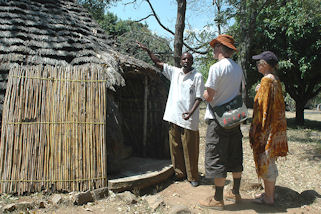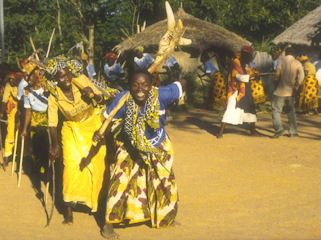Sukuma
The
background
The
Sukuma (People in the North) tribe is the largest of Tanzania’s
more than 120 different ethnic groups. Close to 15% of the population in Tanzania
are from the Sukuma tribe. They live around Mwanza and the southern Lake Victoria
region.
For much of their history the Sukuma people were loosely organised into numerous
Bantu-speaking subgroups; it is only recently that they have come to view
themselves as a single entity
Their ancestors are believed to have migrated into Tanzania from present-day’s
Uganda, beginning about the 17tn century. The Sukuma people are closely
related to the Nyamwezi, Tanzania’s second largest ethnic group, centred
in the Tabora region.
Most Sukuma people are farmers and their lands comprise one of Tanzania’s most
important agricultural areas. Cattle (long-horned Ankole cattle) are
also an important source of livelihood.
The tribe traditionally had a highly developed and structured form of village
organisation in which each settlement is subdivided into chiefdoms ruled by
a chief in collaboration with a group of elders.


Village
committees consisting of similarly aged members from each family in the village
decide divisions of land and labour.
These age-based groups, each with its own leader, perform numerous roles ranging
from assisting with the building of new houses to farming and other community
oriented work.
This system gives most families at least a representational role in many village
activities. As a result, houses and land are often viewed as communal property
among the Sukuma tribe.
If you’re interested in learning more about the Sukuma culture, please visit
the Bujora Cultural
Centre (photos on this page) just 16 km east of Mwanza off the
Musoma road. Please contact Mwanza Guide’s office in town for more on the cultural
centre.


